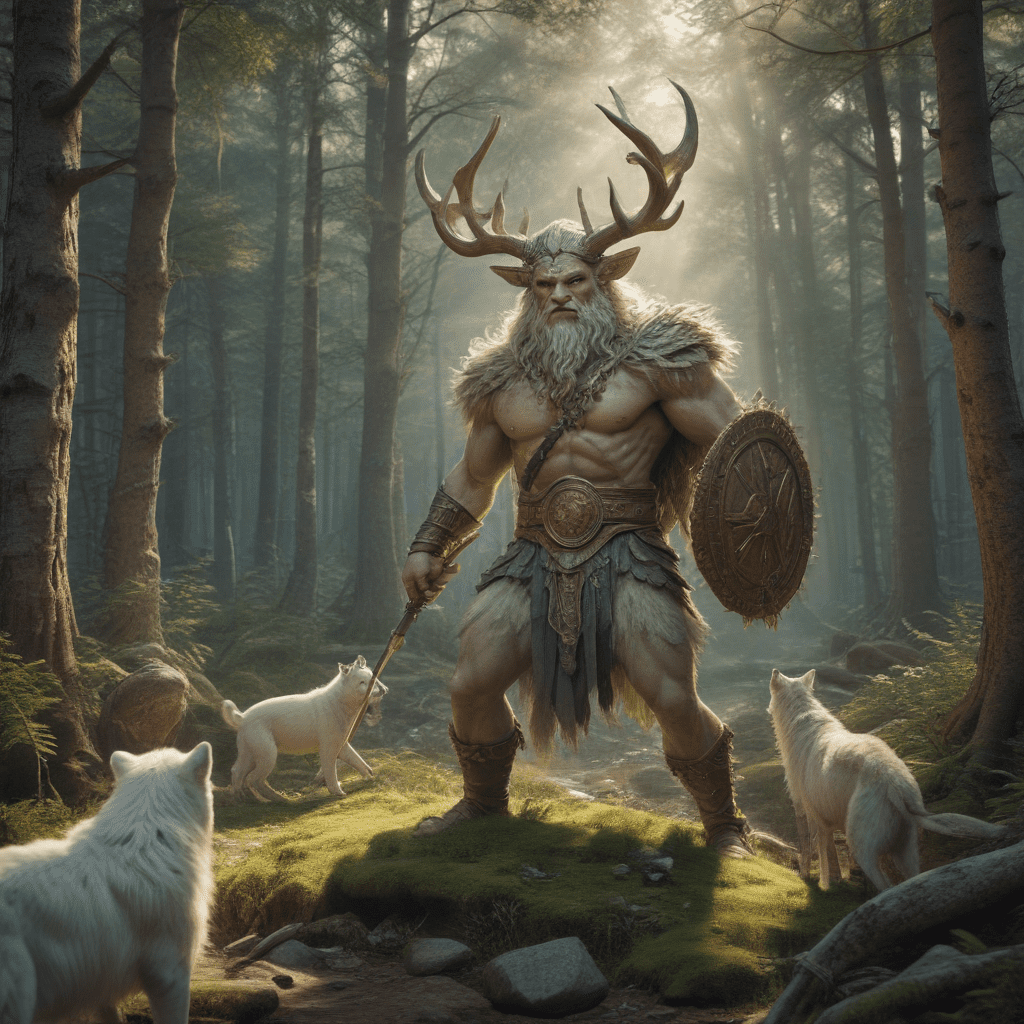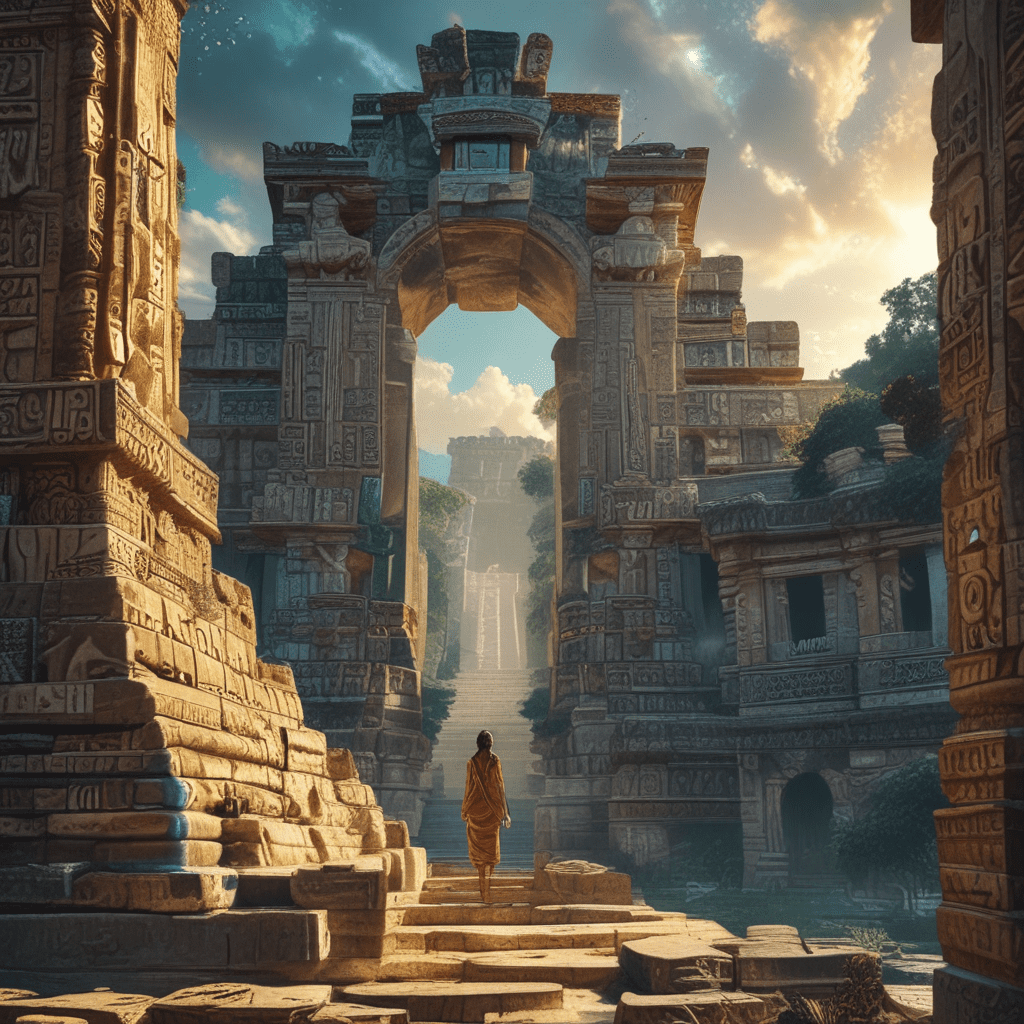1. Introduction: The Power of Storytelling in Finnish Culture
Storytelling has been deeply embedded in Finnish culture for centuries, shaping the nation's collective identity, values, and worldview. In the absence of a written language for much of their history, the Finns relied heavily on oral traditions to pass down knowledge, beliefs, and cultural heritage from one generation to the next. Storytelling served as a vital means of preserving historical events, imparting moral lessons, and entertaining audiences, becoming an integral part of daily life, social gatherings, and religious rituals.
2. The Kalevala: An Epic Masterpiece of Finnish Mythology
The most renowned work of Finnish mythology, the Kalevala, is an epic poem compiled by Elias Lönnrot in the 19th century. It consists of 50 cantos, totaling over 22,000 verses, and draws upon centuries-old oral traditions passed down by generations of Finnish storytellers. The Kalevala narrates the adventures and exploits of several mythological heroes, including Väinämöinen, Ilmarinen, and Lemminkäinen, as they journey through the mythical landscape of Finland and interact with various deities, creatures, and supernatural beings.
3. The Role of Väinämöinen: The Wizard and Cultural Hero
Väinämöinen, the central figure in the Kalevala, is a powerful wizard and the embodiment of wisdom and knowledge. He possesses the gift of foresight and can control the forces of nature. As a cultural hero, Väinämöinen is credited with teaching the Finns various arts and crafts, including music, poetry, and shipbuilding. His magical powers enable him to overcome obstacles and aid his companions on their quests, making him an indispensable figure in Finnish mythology.
4. Joukahainen: The Trickster and Obstacle
Joukahainen is an enigmatic figure who represents the trickster archetype in Finnish mythology. He is known for his cleverness, cunning, and penchant for creating obstacles for the heroes. Despite his malicious nature, Joukahainen also possesses a sense of honor and occasionally aids the heroes when it suits his interests. His rivalry with Väinämöinen drives much of the plot in the Kalevala, adding an element of intrigue and conflict to the narrative.
5. Louhi: The Evil Mistress of Pohjola
Louhi is a powerful witch who rules over Pohjola, the mythical land of the north. She is depicted as a formidable antagonist who represents the forces of chaos and darkness. Louhi possesses supernatural abilities and commands an army of evil creatures. Her primary goal is to obtain the Sampo, a magical artifact that grants wealth and prosperity, which she believes will make her invincible. Her relentless pursuit of the Sampo sets the stage for many of the adventures and conflicts in the Kalevala.
6. Marjatta: The Wise and Beautiful Maiden
Marjatta, also known as the Virgin Mary of Pohjola, is a complex and enigmatic figure in Finnish mythology. She is a symbol of purity, wisdom, and fertility, often associated with the changing seasons and the cycle of life. Marjatta's story is interwoven with the quest for the Sampo, as she is the one who ultimately retrieves it from the clutches of Louhi. Her role in the Kalevala highlights the importance of female power and resilience in Finnish mythology.
7. The Search for the Sampo: A Symbol of Knowledge and Power
The Sampo, a magical artifact forged by the smith Ilmarinen, is a central symbol in Finnish mythology. It is said to possess the power to bring wealth, prosperity, and good fortune to its owner. The quest for the Sampo drives much of the plot in the Kalevala, as various characters seek to obtain it for their own purposes. Ultimately, the Sampo is lost in the sea, symbolizing the fleeting nature of material wealth and the importance of valuing wisdom and knowledge above all else.
8. The Symbolism and Meaning of the Mythological Stories
Finnish mythological stories are rich in symbolism and allegorical meanings. The characters, events, and objects in these stories often represent broader concepts and themes. For example, Väinämöinen's magical powers symbolize the power of knowledge and wisdom, while Joukahainen's trickster nature represents the obstacles and challenges that we face in life. By understanding the symbolism within these stories, we can gain a deeper appreciation for their cultural and philosophical significance.
9. The Influence of Finnish Mythology on Art and Literature
Finnish mythology has had a profound influence on Finnish art and literature throughout history. Artists, writers, and musicians have drawn inspiration from mythological characters, stories, and symbols to create works that reflect the unique cultural heritage of Finland. Notable examples include the paintings of Akseli Gallen-Kallela, the sculptures of Wäinö Aaltonen, and the novels of Mika Waltari. Finnish mythology continues to inspire contemporary artists and writers, ensuring its enduring legacy in Finnish culture.
10. Conclusion: The Enduring Legacy of Finnish Storytelling
The art of storytelling has played a vital role in shaping Finnish culture and identity. Through the centuries, Finnish storytellers have passed down a rich body of mythological tales that reflect the nation's values, beliefs, and worldview. The Kalevala, as the pinnacle of Finnish mythology, stands as a testament to the power and endurance of storytelling. By preserving and celebrating these stories, Finland continues to honor its cultural heritage and inspire future generations.
FAQ
What are the main themes of Finnish mythology?
Finnish mythology explores themes of creation, nature, magic, knowledge, and the human condition.
Who are the most important gods in Finnish mythology?
Ukko, the god of thunder, and Väinämöinen, the god of wisdom, are among the most prominent deities in Finnish mythology.
What are the most well-known Finnish mythological creatures?
The Finnish mythology features various creatures, including the sauna elf, the forest spirit, and the water spirit.
How has Finnish mythology influenced other cultures?
Finnish mythology has influenced other cultures, particularly in neighboring countries such as Estonia and Russia.



